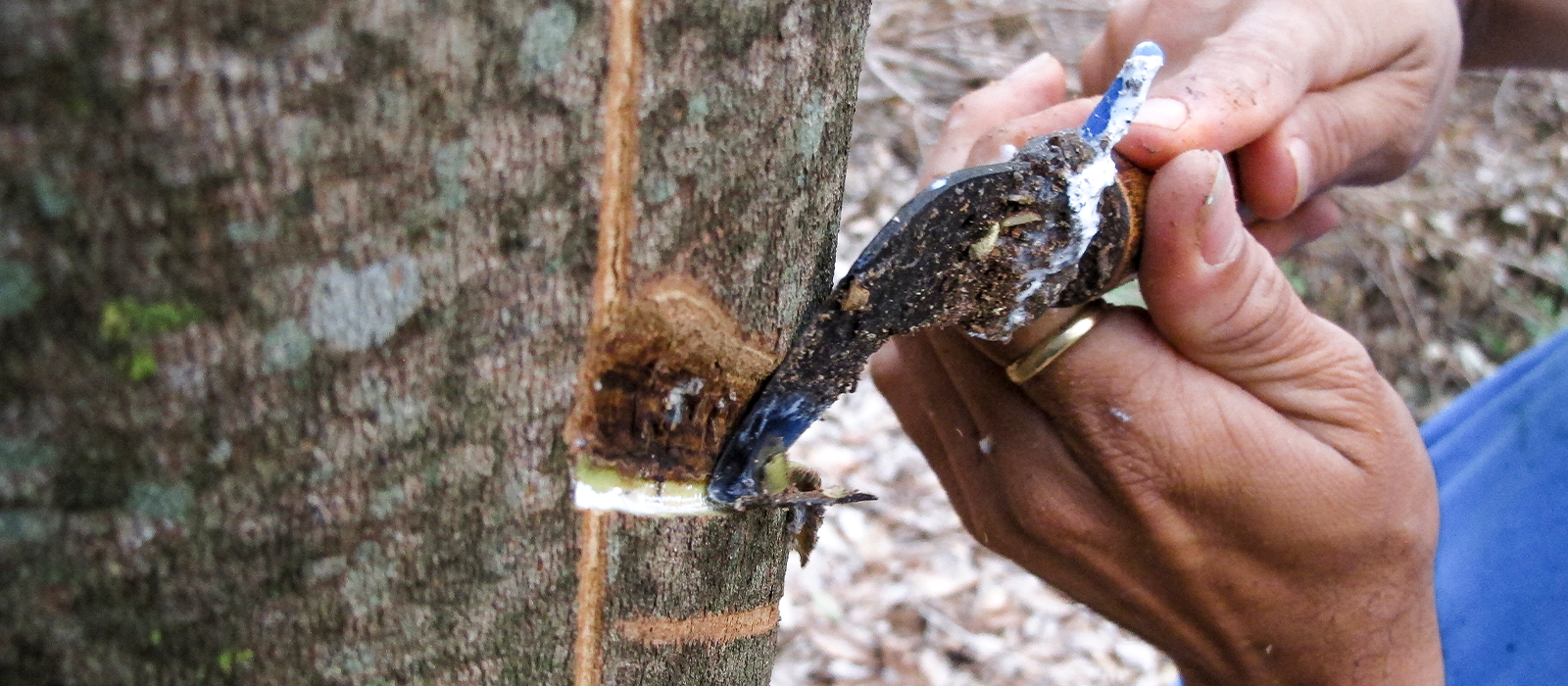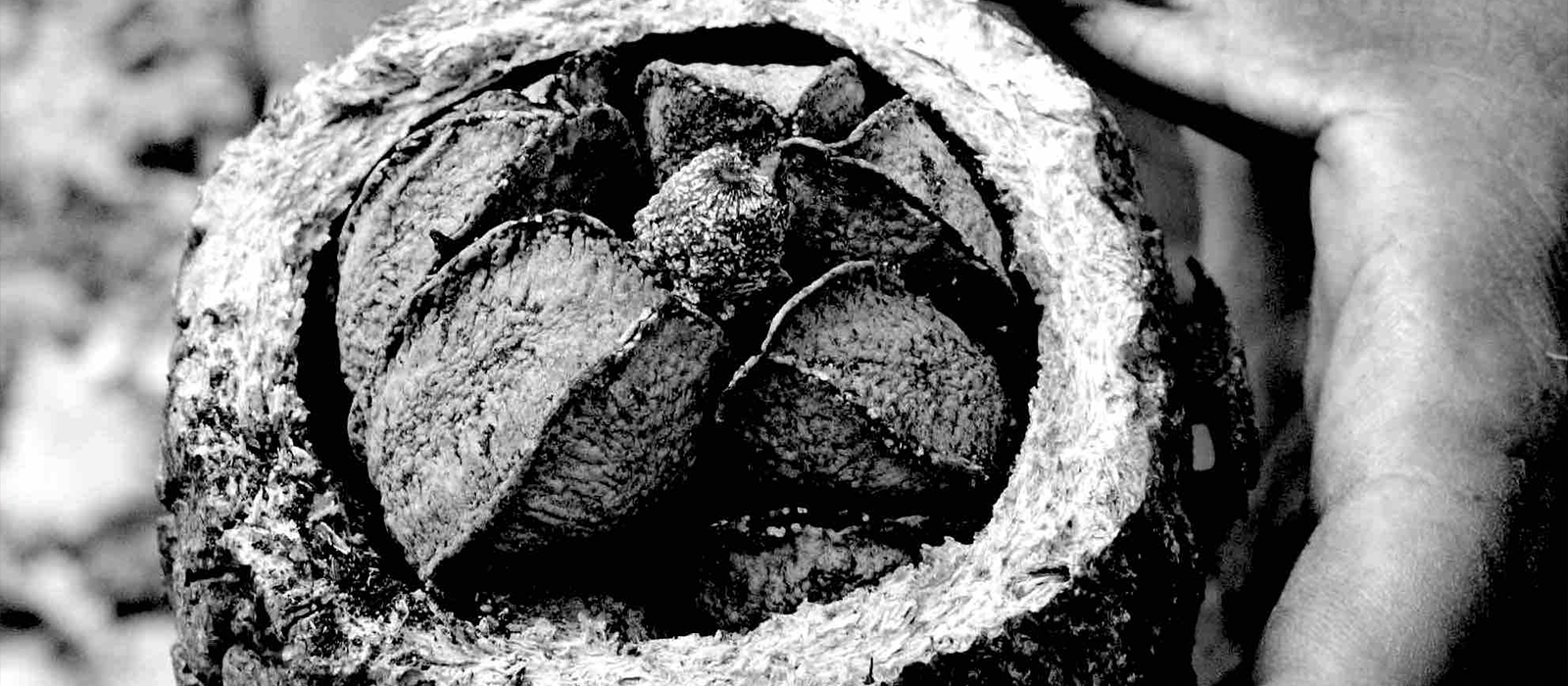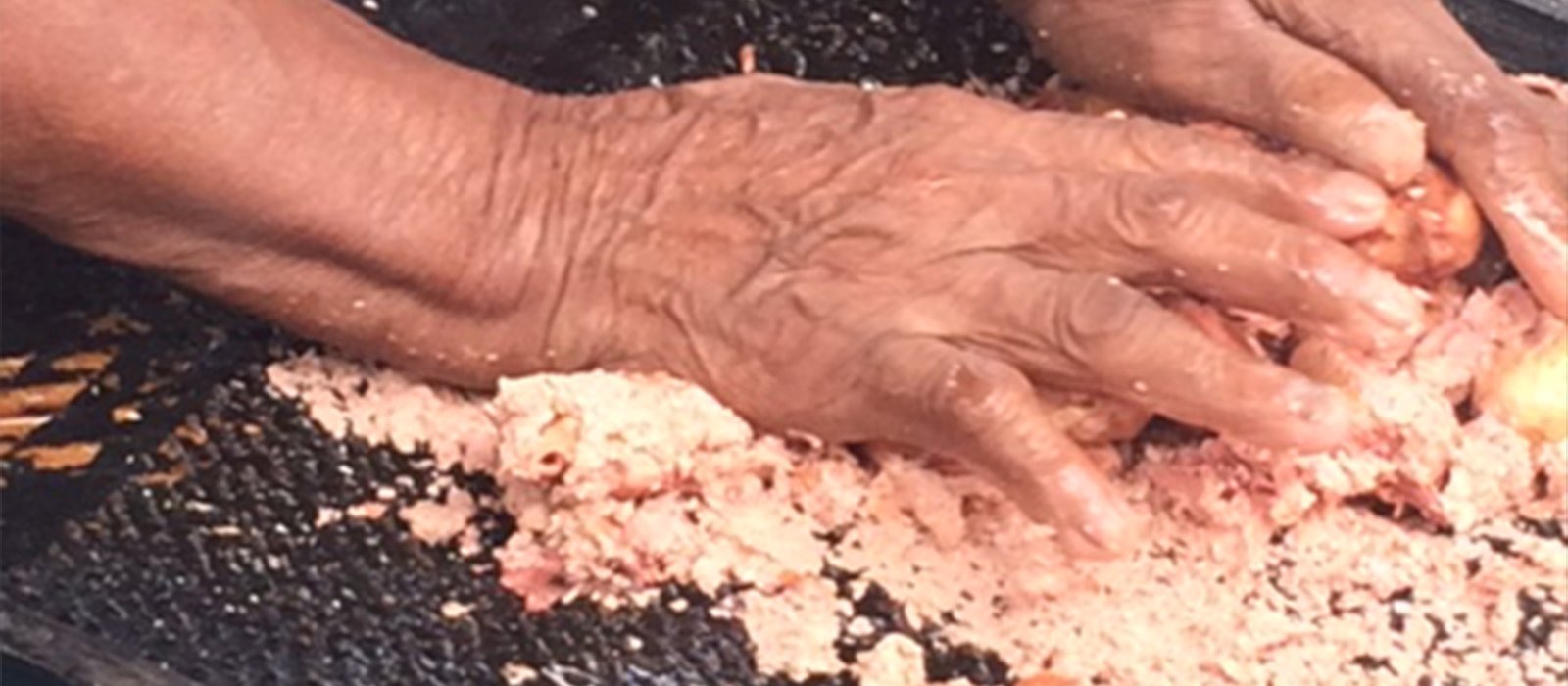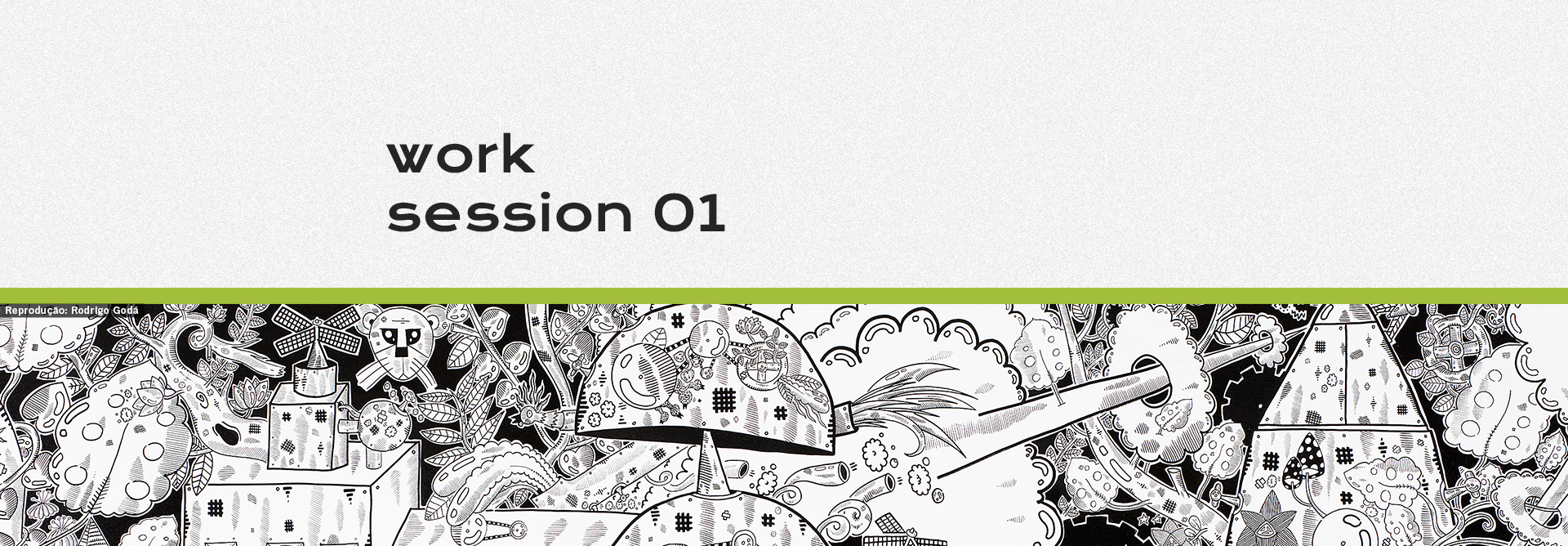Plant life and its modes of action
The supposed absence of movement of plants, contrasted with animal mobility, has already been identified as a factor in the late consolidation of a plant anthropology. Running counter to zoocentric parameters, this session examines the interactions of agricultural cultivation, harvesting and processing to reveal dynamics inherent to plants. Based on four research projects in diverse contexts, the aim is to show how ethnographies of plants can provide us with other models of technical action, as well as amplifying our comprehension of the ways in which life takes shape.
Nurit Bensusan (ISA)
Coordinator
Alessandro Roberto de Oliveira (UnB)
Discussant

Rhythm and flow: contributions to an anthropology of plants based on studies on rubber trees
In a context of growing anthropological interest in the interactions between humans and plants, ethnographies about rubber cultivation and Amazonian agro-extractivism open a fruitful path for reflection. The rubber tree (Hevea brasiliensis) is an Amazonian tree that for about one and a half century has provided the industry with an unique and irreplaceable material, namely natural rubber. Whether in extractivism or in plantations, cultivators and rubber tappers establish complex relationships with these trees. In order to explore the potential of categories such as “rhythm” and “flow” as analyzes’ articulators for the world of plants, I bring into dialogue, on one hand, ethnography and historiography of the relationships with the rubber tree and, on the other, the anthropology of techniques literature and recent plant studies. My goal is to consider different levels or scales: from internal flows of plant organisms to organic and / or technical processes that intermediate the fluidity of materials emanating from them. And also, other scales of fluidity, such as the flow of workers around plant production. Rhythm, in its turn, as Leroi-Gourhan reminds us, is a creator of space and time, as well as of form. In its interaction with the plant world, it may not be an exaggeration to state that rhythms are also creators of flows.

Vegetable Dialogues
This reflection starts from the concept of technique by Emunuel Coccia – technique as “something that the living beings use to strengthen relations with other species.” Through this analytical path, escaping from the semantic field of domestication as control and reproductive dependence, I intend to explore how some Amerindians people develop techniques which are reciprocal modes of communication and affectation with crops. The ethnographic focus are materials about amerindian people and their gardens and the aim is to explore the technique as a form of relationship and communication between humans and plants in a dense production of life. Life here understood as continuous production of difference and, therefore, in a dialogue with the theory of evolution that can lead us to understand the technique beyond the human domain.

From Natural to Synthetic: manipulation techniques and transformation of vegetal life
This work aims to reflect upon different techniques of manipulation and transformation of vegetal life. Based on two different ethnographic materials, I draw attention, by the one hand, to the techniques of manipulation of a Brazilian nut species (Bertholletia excelsa) through ethnographic experience involving the Amazonian community of Iratapuru river. On the other hand, I also reflect on techniques developed by synthetic biology in the laboratorial manipulation of mint plant (Mentha arvensis or cornmint), at the Manchester Institute of biotechnology, located in Manchester, UK. The comparison of these two materials allows a reflection on the complexity of techniques that involve the manipulation of vegetal life, some of their consequences, and also a reflection on how the natural/cultural and natural/artificial categories are mobilized and problematized within each of these techniques.

“Goma”, potatoe and bread – on plant transformations in indigenous Amazonia
Obtained by decanting solids extracted from washed and filtered pulp, the starch (thickener), known in the Amazon as “goma”, is a structural element and one of the main ingredients of indigenous knowledge and cooking. It is the result of techniques that are now exclusively focused on manioc, and it was also obtained from other roots, tubers and wild fruits. Among these plants, the most notable is the mairá potato (Casimirella sp), a starchy giant root widely used by indigenous groups until recently. The goma is still present in the constitution of “indigenous bread”, a technique for storing raw vegetable starches into the soil. This essay intends to explore these three elements as links among processing systems and indigenous knowledge in the Amazonian past and present, thus expanding the debate about the concepts of gathering, agriculture and the familiarization of humans with plant species outside of the concept of domestication.
* All activities will be public and free. Links will be made available in advance.
** Work sessions in Portuguese and Spanish.
